RESEARCH & DEVELOPMENT + EXPLORATIONS & PLAY
![]()
![]()
![]()
![]()
![]()
![]()
![]()











Tropical Transmutations
Imagining Florida flora and fauna as an abstracted animated essence. Inspired by slithering reptiles, perched critters, and burrowed entities.

Kinetic Type
![]()
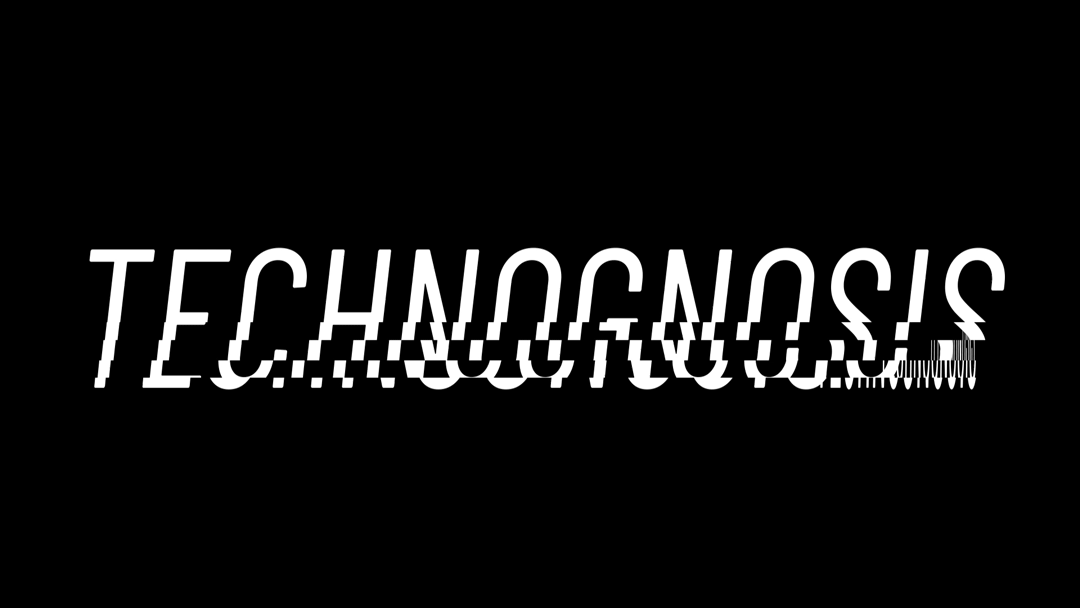

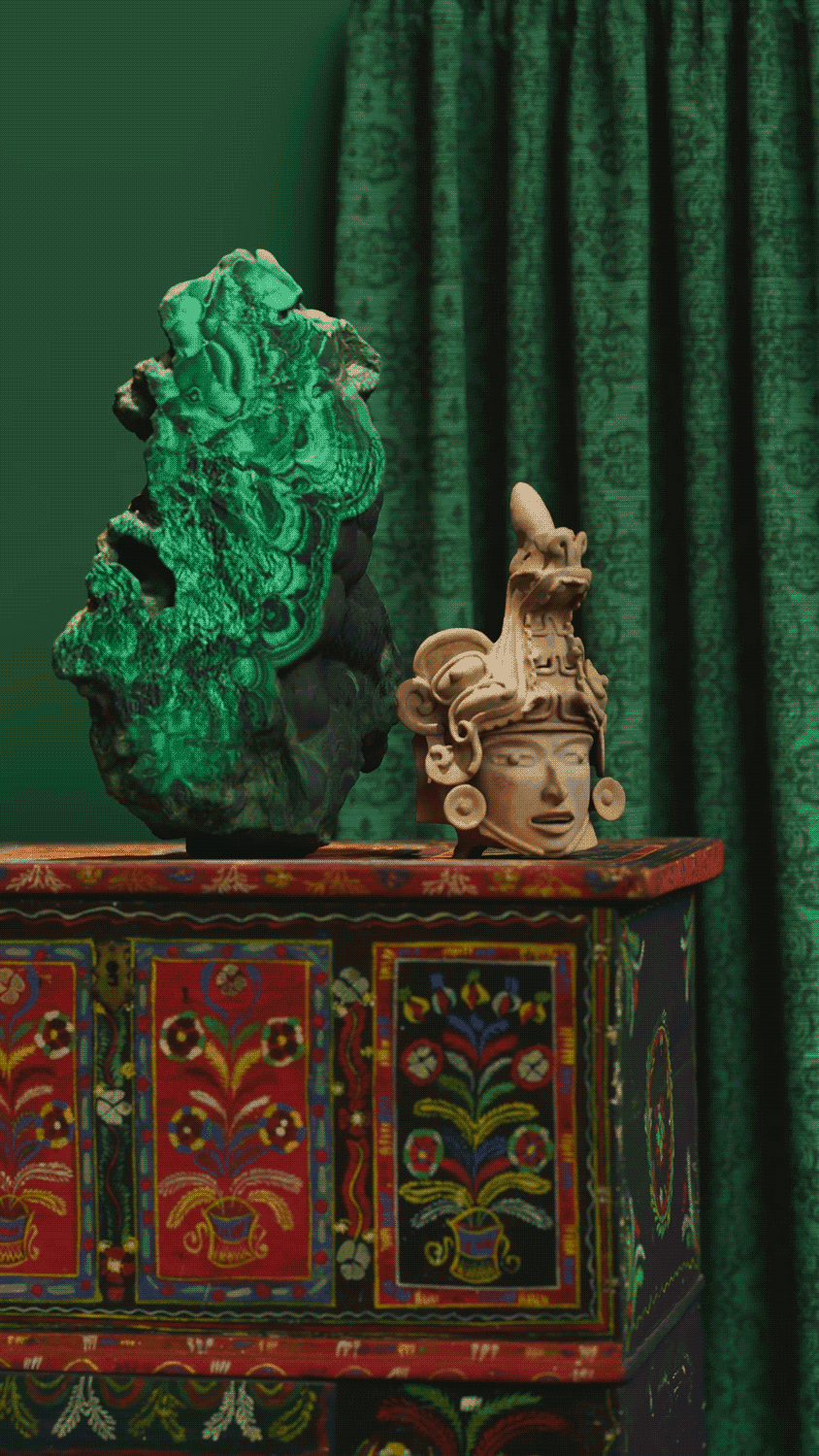
Archeological Photogrammetry Assets
Fascination with antiquties has always lured me into learning more about their mysterious origins. I have taken photgrammetry scans from various museums and compiled them into curated interiors. Camera tracking imported from a phone recording in order to create an air of voyerism and undeliberated observation.
Provenance of objects in image 1:
Tea Table, c. 1907. Carlo Bugatti (Italian, 1856–1940). Inlaid wood (mahogany?), cast and gilded bronze mounts, inlays of ivory or bone, metal, and mother-of-pearl (marine mussels or pearl oysters). The Cleveland Museum of Art.
Nautilus Cup, 1607. Cornelis Jansz van der Burch (Dutch, worked in Delft, d. 1615). Silver-gilt, nautilus shell; The Cleveland Museum of Art.
Lute, c. 1550. Italy, Venice, 16th century. overall: 91.5 x 34 cm (36 x 13 3/8 in.). The Cleveland Museum of Art.
Vessel in the shape of a llama Rider, Moche culture (northern Peru) 100 to 700 AD.V. Bonn Collection of the Americas at the University of Bonn. Provenance of objects in image 2:
Head with Animal Helmet, c. 600–1000. Mexico, Gulf Coast, San Andrés Tuxtla(?), 7th-11th Century. Earthenware, pigment. The Cleveland Museum of Art.
Dowry Chest - 1893, Rudawa, Poland. Painted wooden chest in a Skawina style. Museum of Maloposka, Krakow, Poland.
Malachite.
Provenance of objects in image 3:Eljibera bag. Displayed on the sides of the camels during periods of transhumance and hung at the entrance to the tent when the camp is established. Associated with other prestigious objects, they testify to the rank, honor and status of their owner. Late 19th century, dyed silk and leather by Tuareg people from Hoggar or Agadès in the Sahara. It is part of the important collection of Doctor Lhomme bequeathed to the Angoulême Museum.
Pyxis, Corinth 500 to 475 BC. A storage vessel used to keep jewellry and cosmetics. The term pyxis is derived from the name of the box tree, from whose wood the vessels were originally crafted, and therefore it is said, that the pyxis imitates the wooden vessel. Academic Arts Museum of the University of Bonn.
Vessel in the Shape of a Wild Boar, 700–500 BC or 1900s AD. Italy, Etruscan or modern forgery. Terracotta; overall: 17.5 cm (6 7/8 in.). The Cleveland Museum of Art.
Fascination with antiquties has always lured me into learning more about their mysterious origins. I have taken photgrammetry scans from various museums and compiled them into curated interiors. Camera tracking imported from a phone recording in order to create an air of voyerism and undeliberated observation.
Provenance of objects in image 1:
Tea Table, c. 1907. Carlo Bugatti (Italian, 1856–1940). Inlaid wood (mahogany?), cast and gilded bronze mounts, inlays of ivory or bone, metal, and mother-of-pearl (marine mussels or pearl oysters). The Cleveland Museum of Art.
Nautilus Cup, 1607. Cornelis Jansz van der Burch (Dutch, worked in Delft, d. 1615). Silver-gilt, nautilus shell; The Cleveland Museum of Art.
Lute, c. 1550. Italy, Venice, 16th century. overall: 91.5 x 34 cm (36 x 13 3/8 in.). The Cleveland Museum of Art.
Vessel in the shape of a llama Rider, Moche culture (northern Peru) 100 to 700 AD.V. Bonn Collection of the Americas at the University of Bonn. Provenance of objects in image 2:
Head with Animal Helmet, c. 600–1000. Mexico, Gulf Coast, San Andrés Tuxtla(?), 7th-11th Century. Earthenware, pigment. The Cleveland Museum of Art.
Dowry Chest - 1893, Rudawa, Poland. Painted wooden chest in a Skawina style. Museum of Maloposka, Krakow, Poland.
Malachite.
Provenance of objects in image 3:Eljibera bag. Displayed on the sides of the camels during periods of transhumance and hung at the entrance to the tent when the camp is established. Associated with other prestigious objects, they testify to the rank, honor and status of their owner. Late 19th century, dyed silk and leather by Tuareg people from Hoggar or Agadès in the Sahara. It is part of the important collection of Doctor Lhomme bequeathed to the Angoulême Museum.
Pyxis, Corinth 500 to 475 BC. A storage vessel used to keep jewellry and cosmetics. The term pyxis is derived from the name of the box tree, from whose wood the vessels were originally crafted, and therefore it is said, that the pyxis imitates the wooden vessel. Academic Arts Museum of the University of Bonn.
Vessel in the Shape of a Wild Boar, 700–500 BC or 1900s AD. Italy, Etruscan or modern forgery. Terracotta; overall: 17.5 cm (6 7/8 in.). The Cleveland Museum of Art.



Cyber Ancient
Exploring modalities of past and future, essences existing via synergy of ancient and cyber.
This animation series presents various sentient biomorphic essences that exist in liminal spaces untethered to a specific time and place - rather their amalgamation. The cyber world is always demanding for information to be compressed condensed, optimized. Here, the past is condensed and regurgitated.
The attempt to more closely leverage 3D animations to my personal interests has its difficulties, as inherently the 3D animation medium is cyber-centric and has no noble provenance that traditional tangible objects’ possess. Free floating pixels in a technological void. This added layer of meaning can often add a tacky, corny patina to digital work. The tension caused by the bifurcating pursuits has been a catalyst to reimagine the role of 3D work. Unlike many mediums, its aesthetic domain has inherently been tethered to consumerism and promoting products by means of recreating them, which inherently robs the work of a certain independence and noblility.
My interests have never lied in the shiny and the new. Antiquities of various sorts have always had a strong hold on me. Cave drawings, petroglyphs, antiques, artworks, unusual eccentric trinkets and tchotchkies. Things that were made by hands that have stories, things that inherently represent condensed history, things with anthropological significance.



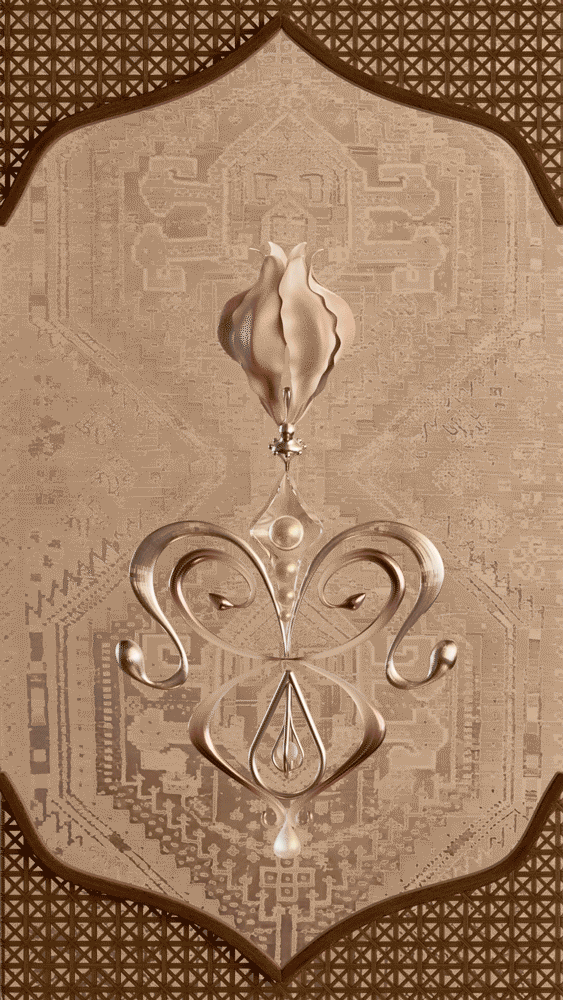




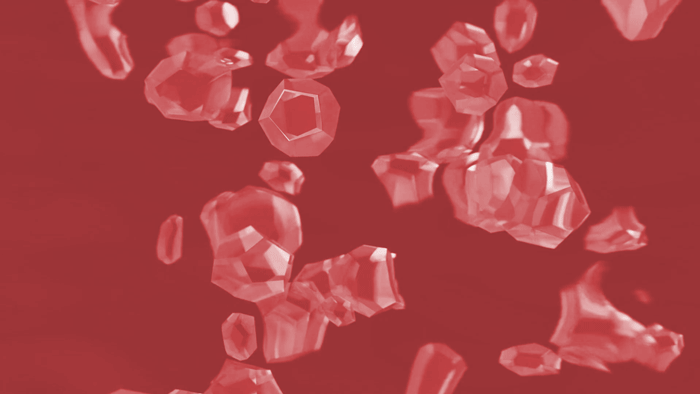
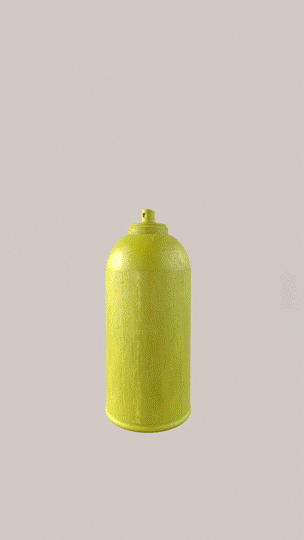
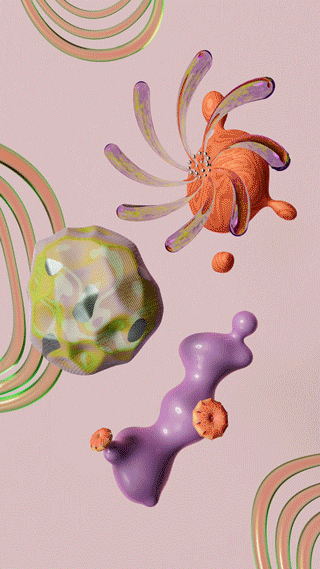
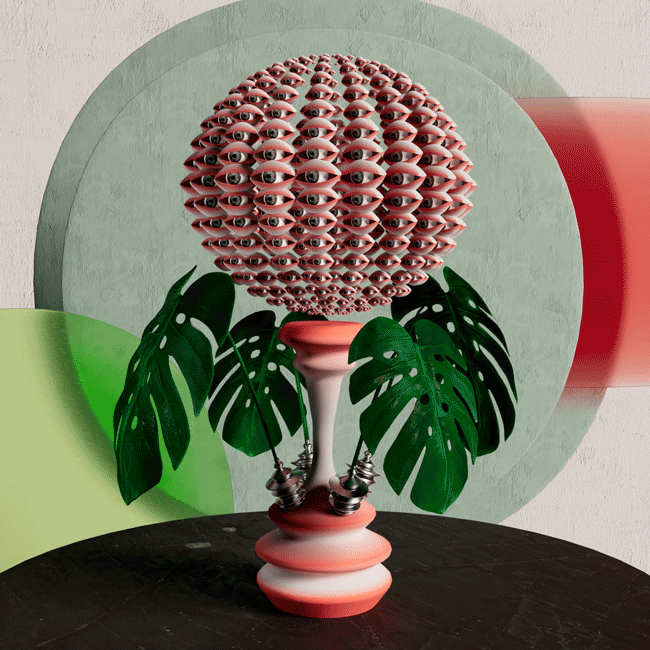
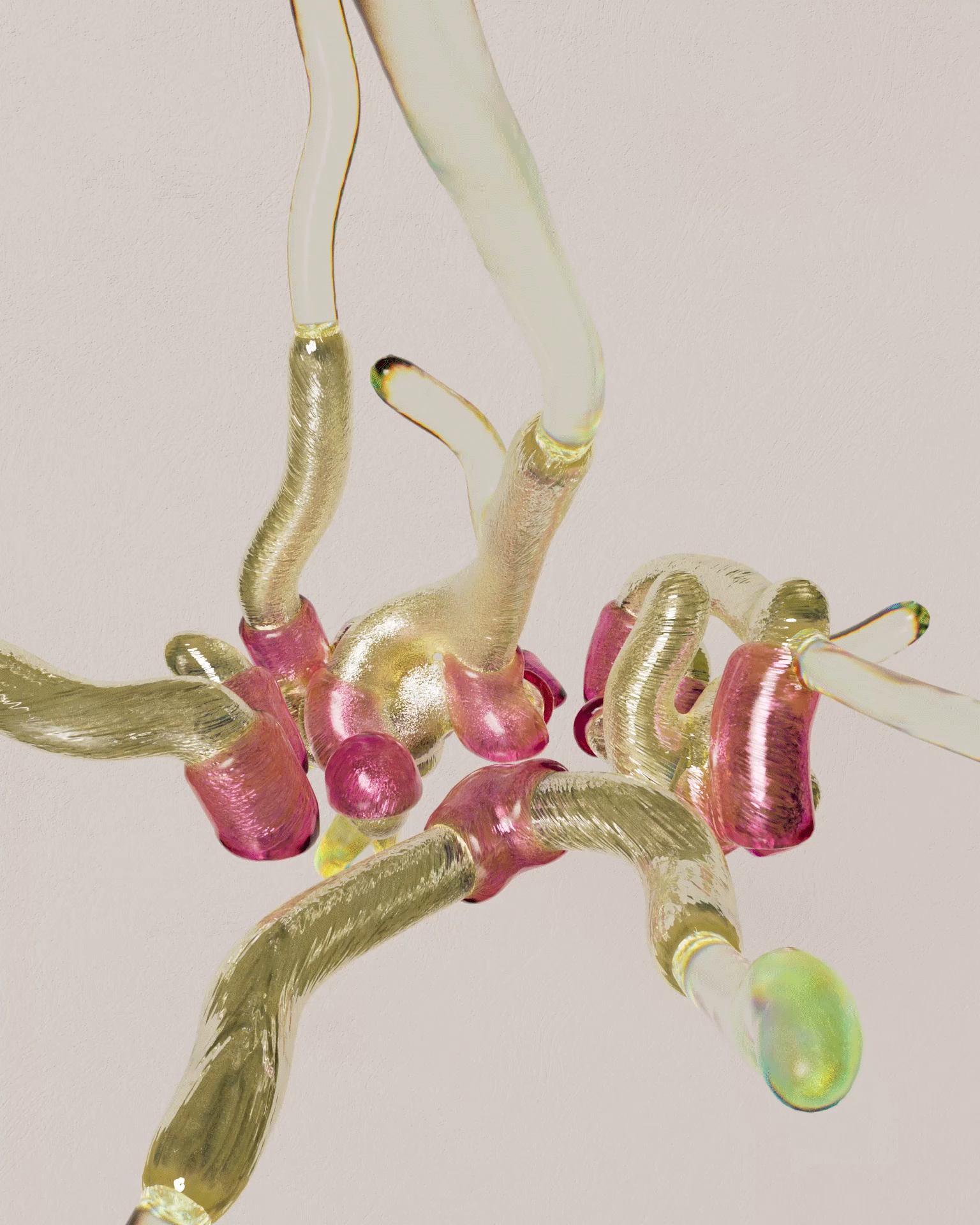


___________________________________
Archive
Archive